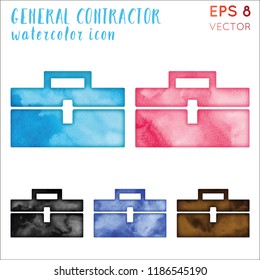Secret Seasonal Considerations For Commercial Exterior Painting: What You Required To Be Enlightened Concerning
Secret Seasonal Considerations For Commercial Exterior Painting: What You Required To Be Enlightened Concerning
Blog Article
Post By-McLamb Skafte
When you're planning a commercial exterior painting project, seasonal variables can make or break your results. You'll wish to think about just how temperature and moisture impact paint application and drying times. Selecting the ideal season can guarantee your paint adheres effectively and lasts longer. But which periods are genuinely the most effective for this kind of work? Allow's discover the key elements that can affect your task's success.
The Influence of Temperature on Paint Application
When you're preparing a commercial external paint task, the temperature level can considerably affect just how well the paint sticks and dries out.
Ideally, you wish to repaint when temperatures range in between 50 ° F and 85 ° F. If it's as well chilly, the paint may not treat correctly, bring about problems like peeling off or breaking.
On the other side, if it's also warm, the paint can dry also rapidly, protecting against correct attachment and leading to an uneven surface.
You ought to additionally think about the time of day; morning or late afternoon supplies cooler temperature levels, which can be a lot more positive.
Always check the supplier's suggestions for the particular paint you're utilizing, as they commonly supply assistance on the ideal temperature level range for ideal results.
Humidity and Its Impact on Drying Times
Temperature isn't the only ecological factor that influences your industrial exterior paint job; humidity plays a considerable function also. High moisture degrees can decrease drying times drastically, impacting the total high quality of your paint job.
When the air is filled with moisture, the paint takes longer to heal, which can bring about concerns like poor bond and a greater threat of mold development. If you're painting on a particularly moist day, be prepared for extended wait times in between coats.
painting company to keep an eye on regional climate condition and plan appropriately. Preferably, aim for humidity levels in between 40% and 70% for optimal drying.
Maintaining these factors in mind ensures your job stays on track and supplies a lasting surface.
Best Seasons for Commercial Outside Paint Projects
What's the best time of year for your commercial outside painting jobs?
Spring and early loss are generally your best bets. During these periods, temperatures are moderate, and humidity degrees are commonly reduced, creating excellent problems for paint application and drying out.
Prevent summer's intense heat, which can trigger paint to dry too swiftly, resulting in inadequate bond and coating. In a similar way, wintertime's chilly temperatures can prevent correct drying and treating, risking the long life of your paint task.
Aim for days with temperature levels between 50 ° F and 85 ° F for optimum results. Keep in Recommended Web page to examine the regional weather prediction for rain, as damp conditions can wreck your job.
painting contractors around these aspects ensures your painting project runs smoothly and lasts longer.
Final thought
In conclusion, intending your commercial outside painting tasks around seasonal factors to consider can make a substantial distinction in the outcome. By scheduling work during the excellent temperature levels and humidity levels, you'll ensure better bond and drying times. Bear in mind to watch on local weather forecasts and pick the right time of year-- spring and early loss are your best options. Taking these actions will certainly aid you accomplish a durable and professional surface that lasts.
